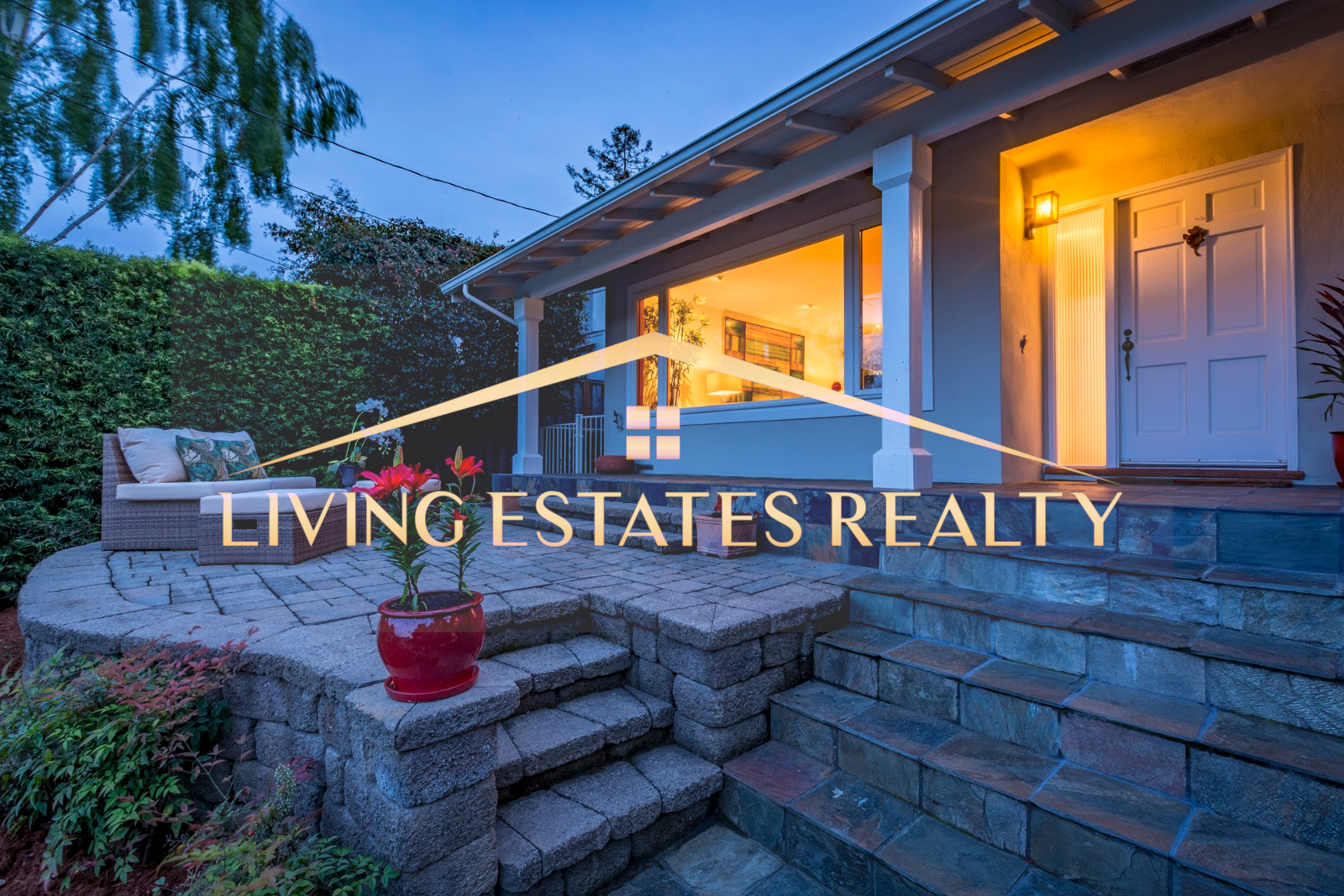I follow this economist, he consults with our Realtor board. Elliot is the Economist's economist. It is always mind expanding to listen to and also how we interpret these economic principals laid on historic context and how the inputs can all affect a certain economic outlook. The whole talk was captivating economist stroytelling, yet below are my favorites.
Economic Effect of Tariffs on Housing


At Time In Video:
06:44 It's Like Marajuana
08:00 Reasons for Tariffs; Pencils and Airframes
08:20 A Reason for China Tariff
10:18 The industry that is tariffed will become
less efficient, more expensive and less
technologically advanced.
14:10 Effect on spending & socio-economic's
on Silicon Valley & demand for homes.
21:28 How the Markets Moving Ways Work
23:30 Injecting Liquidy to Calm the Markets
40:17 Will we get through with no recession?
42:40 A Successful Tariff Campaign
44:40 Spec. Housing: Builder Uncertainty
43:40 Migration in High Growth Areas
I could see Trump creating a Tariff Credit like the Carbon Credit to solve the balance in trading tariff credits for the trading country to earn in trade to offset a certain amount of imports that the trading country could not afford to make the deal with our trading partner countries more equitable.
NEW HOUSING LAWS AND BILLS
Please check with the source links for the latest updates
- SB 9: Ministerial Urban Lot Splits and Duplexes
SB-9
SB 9 (Atkins) Subdivisions: Tentative Maps is a bill which will make it easier for owners of property to have freedom to split their lots and to build two units per lot. The bill also has a number of constraints on how development must proceed to ensure that such development is not disruptive to an area.
C.A.R. has concerns about the possibility that in the absence of safeguards, properties could be purchased by developers in the more affordable and diverse areas of the state and properties constructed that are not beneficial to the members of that community. C.A.R. is therefore requesting amendments to help address that concern. If these amendments are accepted, C.A.R will move to a support position.
Links:
SB-9 Law: CAR Q&A https://leginfo.legislature.ca.gov/faces/billTextClient.xhtml?bill_id=202120220SB9
Holland and Knight Law Firm on SB-9
https://www.hklaw.com/en/insights/publications/2021/09/ca-gov-signs-landmark-duplex-and-lot-split-legislation-into-law
BB&K Law Firm on SB-9
https://www.bbklaw.com/news-events/insights/2021/legal-alerts/09/sb-9-its-not-a-duplex-bill-its-a-fourplex-bill
- SB 10: The Planning and Zoning Law
SB 10:
SB 10 (Wiener) Planning and Zoning empowers local governments to enact ordinances that allow for greater construction of housing. It would allow a locally enacted ordinance, for example, to permit owners to exempt projects of 10 units or less, from any additional CEQA review if the parcel is in a transit-rich area, jobs-rich area, or an urban infill site. SB 10 also requires developers to follow all local objective design criteria, local impact fees, local height and setback limits, and local demolition standards and prohibits the streamlining of projects in state or national historic district. However, SB 10 was amended to include HOAs without really looking at how that could affect existing HOA communities. As amended the bill would create a host of title and other concerns regarding how it would affect HOAs, governing documents of HOAs and possibly even the ability to finance units in HOAs. C.A.R. moved to oppose SB 10 until it is amended to address those issues.
Links:
CA Law
https://leginfo.legislature.ca.gov/faces/billNavClient.xhtml?bill_id=202120220SB10
Scott Weiner Website:
https://sd11.senate.ca.gov/news/20201208-senator-wiener-reintroduces-key-housing-legislation-%E2%80%93-sb-10-%E2%80%93-provide-cities-powerful
- Proposition 19 CA Property Tax Base Portability
Link: Proposition 19:
Highlights of Proposition 19:
https://www.caprop19.org/
CA State Board of Equalization:
https://www.boe.ca.gov/prop19/
- HOME ENERGY RATING SYSTEM (HERS)
The California Home Energy Rating System (HERS) Program provides a reliable way to estimate and compare the energy efficiency of California homes and identify cost effective energy saving improvements. Whether you are buying or selling a home, or staying in your current residence, getting a home energy rating or audit will help you determine which upgrades will be most cost effective, yield the highest energy savings, increase the comfort of your home, and reduce greenhouse gas emissions. As buyers become more aware of the benefits of an energy-efficient home, those with a favorable home energy rating may be more appealing to buyers.
Link: https://ww2.energy.ca.gov/HERS/booklet.html
- HOME ENVIRONMENTAL HAZARDS
The information contained in this booklet is an overview of some environmental hazards which may be found on or in residential property and which may affect residential real estate.
Since this booklet is not meant to be all inclusive, it should be used only for general guidance. Although law requires the disclosure of known hazards, an environmental survey may be conducted to obtain further information. Homeowners, tenants, and prospective homeowners may wish to obtain other literature for additional information on hazards of concern.
Link: https://www.cdph.ca.gov/Programs/CCDPHP/DEODC/CLPPB/CDPH%20Document%20Library/ResEnviroHaz2011.pdf
- COMBINATION BOOKLETS
A complimentary combination of informational pamphlets for use in residential real estate disclosures including:
- Receipt of Documents and Signature Pages
- Homeowner’s Guide to Earthquakes Safety (California Seismic Safety Commission, 2005)
- Residential Environmental Hazards: A Guide for Homeowners, Homebuyers, Landlords and Tenants (California Environmental Protection Agency, 2011)
- Protect Your Family From Lead In Your Home (United States Environmental Protection Agency, 2003)
- Home Energy Rating System (HERS) Booklet (California Energy Commission)

